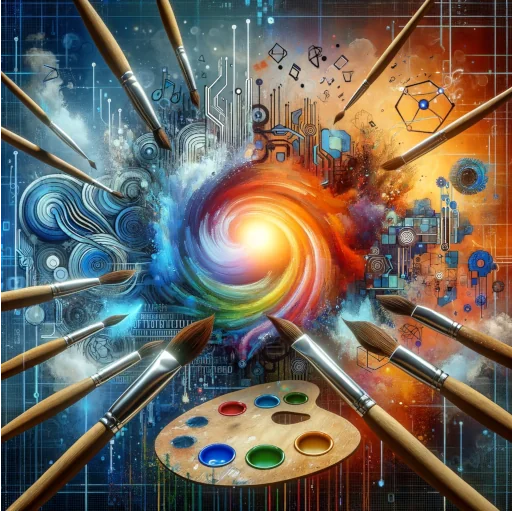The unauthorized use of artists’ works by AI companies poses new copyright challenges, necessitating updated legal and ethical frameworks. Current laws must evolve to address AI’s role in art creation, ensuring the protection of artists’ rights in the digital realm. Collaboration between legal experts, artists, and tech companies is essential to establish comprehensive and adaptive regulations that safeguard artistic integrity and intellectual property in the age of AI.
The recent cyber-attack on US museums and the AI art controversy underscore the digital vulnerabilities of cultural institutions. Traditionally, physical security of artworks has been paramount, but the digital aspect, particularly robust cybersecurity, is increasingly critical. This shift reflects how deeply digital infrastructure is intertwined with modern art practices. Furthermore, the unauthorized use of artists’ works by AI companies brings to the fore new copyright challenges in the AI era, calling for updated legal and ethical frameworks to address these emerging issues.
Cyber-attack
In the art world, the focus on physical security of artworks has been a longstanding priority. However, with the integration of digital technology in managing and displaying art collections, cybersecurity has become increasingly vital. As art institutions rely more on digital systems for cataloging, showcasing, and preserving artworks, the risk of cyber-attacks grows. Protecting digital archives, databases, and online exhibits is now as crucial as safeguarding the physical pieces, requiring a shift in security strategies to address these new digital vulnerabilities.
My Thoughts
The solution to increasing cyber-attacks on art institutions involves enhancing digital security measures. This includes implementing advanced cybersecurity protocols, regular security audits, staff training in digital safety, and collaboration with cybersecurity experts. Institutions should also consider secure, decentralized systems like blockchain for critical data storage. These steps are crucial for protecting digital archives, databases, and online exhibits, ensuring the same level of security for digital assets as for physical artworks.
Unauthorized Use of Artists’ Works

The conflict between artists’ rights and AI companies in the context of copyright challenges
The unauthorized use of artists’ works by AI companies presents new copyright challenges in the AI era. This situation calls for a reevaluation of existing legal and ethical frameworks to ensure artists’ rights are protected in the face of rapidly evolving AI technologies. Current copyright laws do not fully address the unique scenarios created by AI’s capability to replicate, transform, and generate artworks, necessitating a thorough review and update to effectively manage and safeguard artists’ intellectual property in this new digital landscape.
My Insights
Addressing the challenges of unauthorized use of artists’ works by AI companies requires a multifaceted approach. This includes updating copyright laws to specifically address AI’s role in art creation, ensuring they cover new forms of digital creation and distribution. Additionally, establishing clear ethical guidelines for AI companies, emphasizing respect for artists’ rights and fair compensation, is crucial. Collaboration between artists, legal experts, tech companies, and policymakers will be key in developing these frameworks, ensuring they are adaptable and comprehensive to protect artistic integrity in the digital age.






